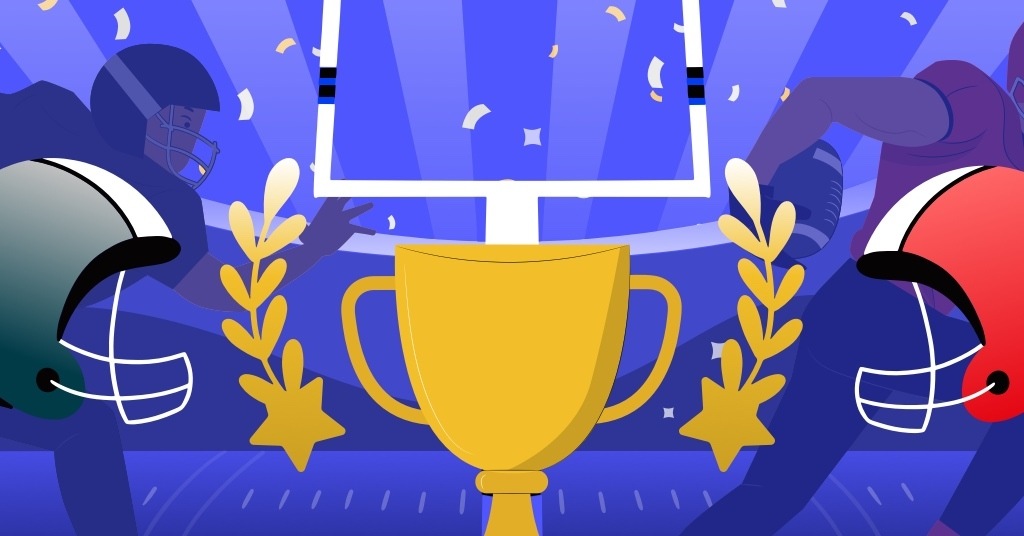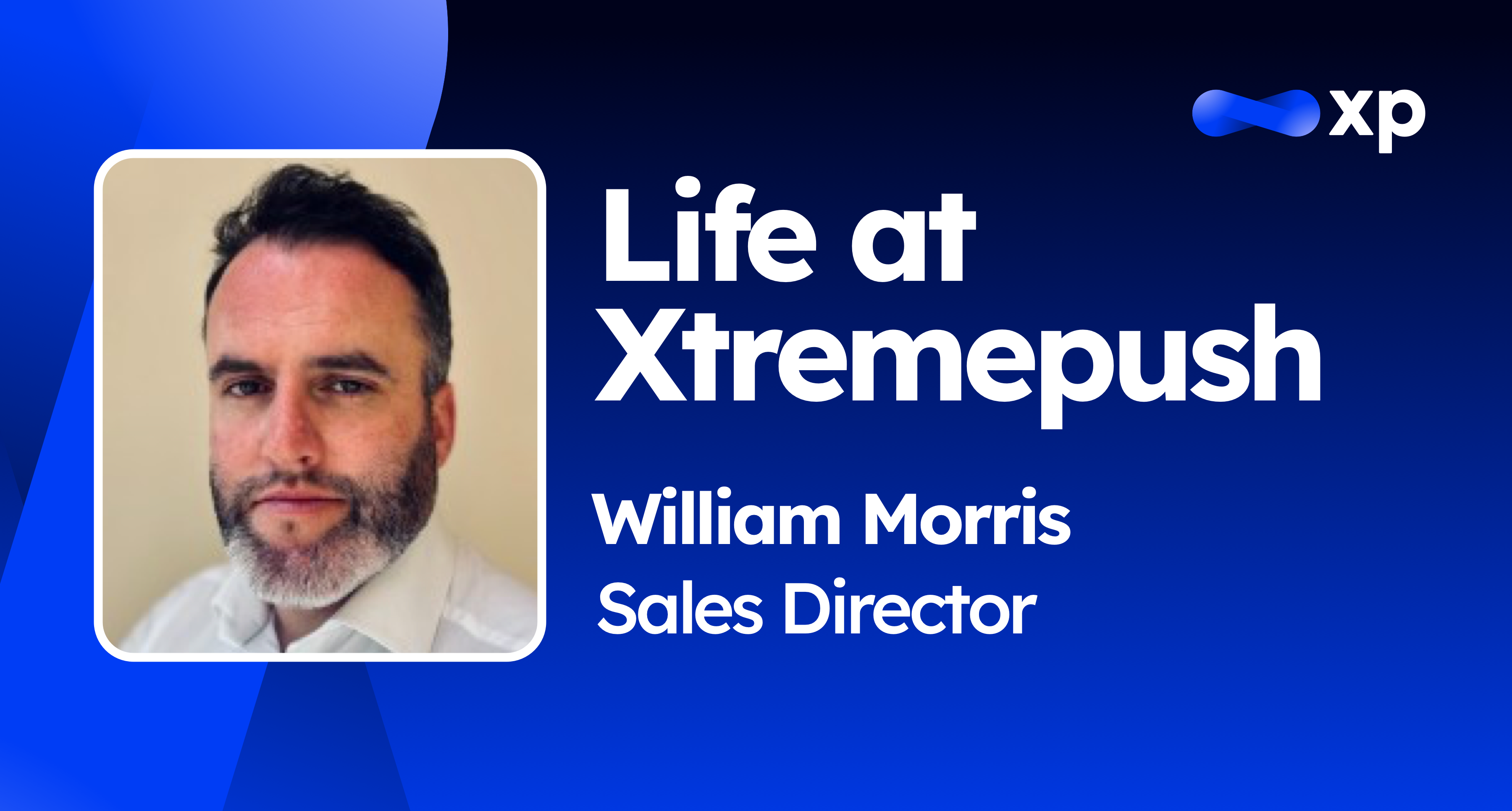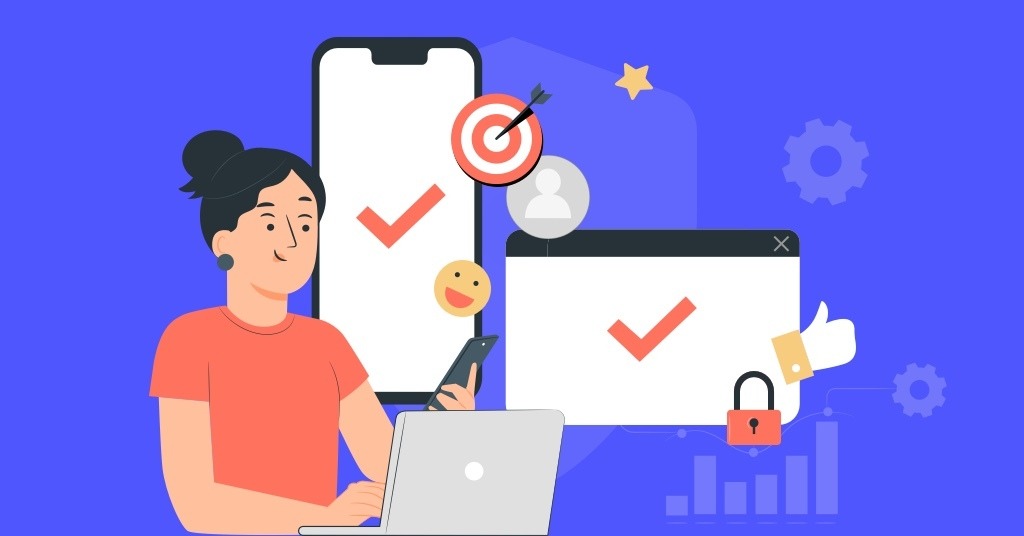All Articles
Category .svg)
.svg)
- All
- Blog post
- customer experience
- Apps
- email marketing
- in-app messaging
- iBeacon
- engagement
- Bank
- fintech
- Apple
- Gaming
- apple push notifications
- android push notifications
- audience targeting
- iGaming Business
- innovation
- Business Use Case
- CRM
- Consumer behavior
- Gambling
- android
- banking
- location marketing
- Case Studies
- Data Protection
- EU
- GDPR
- GDPR legislation
- betting
- enterprise
- events
- global marketing
- Digital Engagement
- Infinity Engine
- brand identity
- branding
- consistent branding
- enterprise grade security
- Betting on Sports America
- Christmas
- McDonalds
- News
- advanced
- beacons
- benefits
- chatbots
- customer
- ecommerce
- geofencing
- marketing
- 16 Handles
- Acquisition
- BIG Fintech Media
- BOSA
- Barneys
- Coupon
- Customer hijacking
- Event
- Geo Fencing
- Google Tag Manager
- ICE 2019
- ICE London
- Immediacy
- Kenneth Cole
- ad revenue
- adverts.ie
- aibmobile
- airline
- airlines
- airports and proximity marketing
- aldiireland
- alerts
- amazon
- app
- app analytics
- app development
- app engagement
- app funnel analysis
- app marketing
- appstore
- audi
- beats
- best practices web push
- boi
- cart abandonment
- comedy central
- consumer wearables
- context
- daft
- donedeal
- dre
- dublinbus
- dublinwebsummit
- easy
- electric daisy carnival
- eoin moore
- fitness devices
- free
- general electrics
- genieconnect
- geofence
- google glasses
- gtm
- iOS11
- interactive notifications
- launch
- omnichannel

May 27 2025
4 min
Insights from XPert Summit 2025: AI, Automation and Gamification Redefining the Player Experience
Insights and Takeaways from XPert Summit 2025 We just wrapped up our flagship customer event of the year at Xtremepush, XPert Summit 2025. The day itself was filled with loads of insights from














